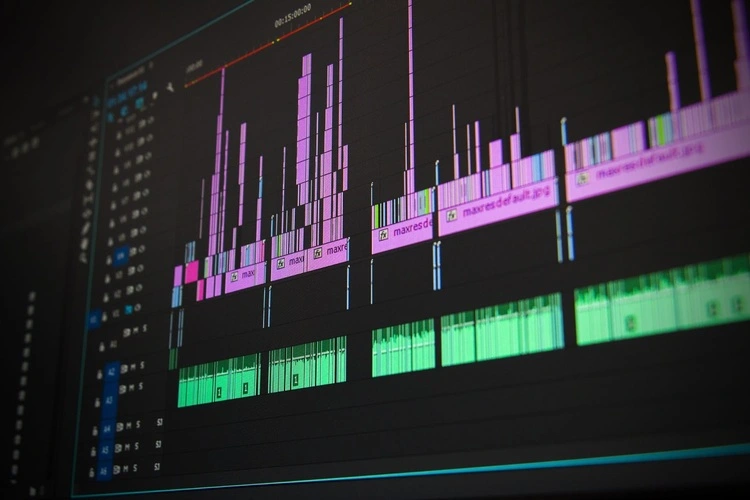Complete Guide to Flight Planning Systems And How They Work
A flight planning system is software that enables the user to plan flights, including their duration, route, and fuel requirements. A flight planning system helps pilots to save time and money by ensuring that they have enough fuel for their journey and can fly following air traffic control regulations.
Flight planning systems are used in the aviation industry to plan and optimize routes. They are used for flight planning, flight scheduling, and airport management.
Flight Planning Systems can be categorized into three types:
1. Route Optimization Systems: These systems provide optimized routes for aircraft to fly based on certain constraints such as fuel efficiency, time of day, or passenger capacity.
2. Scheduling Systems: These systems help airlines schedule their flights by compiling all the available data from various sources and then determining the most efficient way to schedule all flights in a given time.
3. Airport Management Systems: These systems help airports manage their operations by providing information about traffic patterns, weather conditions, airport layout plans, etcetera.
How does the Flight Planning System work?
The Flight Planning System is a software application that helps pilots plan their flights. The system can be used to search for routes and weather conditions, generate flight plans, analyze wind data, and more.
The first thing that the system does is provide a map of the world with all of the airports marked on it. The pilot can then zoom in or out to see different areas of the map. When they find an airport they want to land at, they click on it and are taken to a screen that has information about the airport such as its name, elevation, runway length, and weather conditions.
The Flight Planning System is made up of three components:
Weather data: This includes important information like weather conditions, forecasts, and advisories for the area where the plane will be flying.
Terrain data: This includes detailed maps for different areas with elevation levels, airports, and air traffic control towers.
Obstacle data: This includes information about terrain obstructions like hills or mountains as well as obstacles like buildings and towers which could interfere with flight paths or radar signals from other planes.
It allows pilots to enter the following information:
- Destination airport
- Departure airport
- Type of aircraft
- Fuel capacity and weight
After the pilot enters this information, the FPS will automatically generate a flight plan for them. This saves pilots time and helps them avoid mistakes.
What are the benefits of using a Flight Planning System?
The biggest benefit of using a Flight Planning System is that it can help pilots find the most efficient route for their journey, which helps save time and fuel.
This system can also help pilots make adjustments to their flight plans in the event of an emergency. This can be helpful in cases where there is no other option but to divert from the original flight plan.
In addition, this system has a built-in weather radar that will help pilots know if there are any changes to their planned route due to weather conditions.
Lastly, this system also provides statistical data on how much time they have until they reach their destination.
How to Choose Which Flight Management Software Fits Your Airline Needs?
Flight Planning Systems are the most important software for airlines. They are used by flight planners and dispatchers to plan and schedule flights. The flight planning system provides information about the aircraft, crew, passengers, cargo, weather, and other factors that affect the safety of a flight.
There are many different types of Flight Management Software available on the market today. You should first identify your needs before deciding on which system is best for you. Many factors need to be considered when choosing which flight management software fits your airline’s needs:
- The size of your airline
- The budget for the software
- What features do you want in your software
- How much customization do you want with the software
Conclusion: Flight Planning Software Is Becoming The New Standard for Aviation Industry
The old paper-based system was time-consuming and inefficient. It required a lot of manual input and was not scalable. The new flight planning system is much more efficient and requires less manual input. This means that it can be used by airlines to plan their flights more efficiently, which ultimately means better customer service.
The aviation industry is going through a major disruption with the introduction of flight planning software (Flight Planning Systems). The new system has taken over the old paper-based system and has helped to increase efficiency.
The old paper-based system was time-consuming and inefficient, requiring a lot of manual input and not being scalable. The new Flight Planning Software is much more efficient, requiring less manual input, which means it can be used by airlines to plan their flights more efficiently, which ultimately means better for the pilots and the airport.







